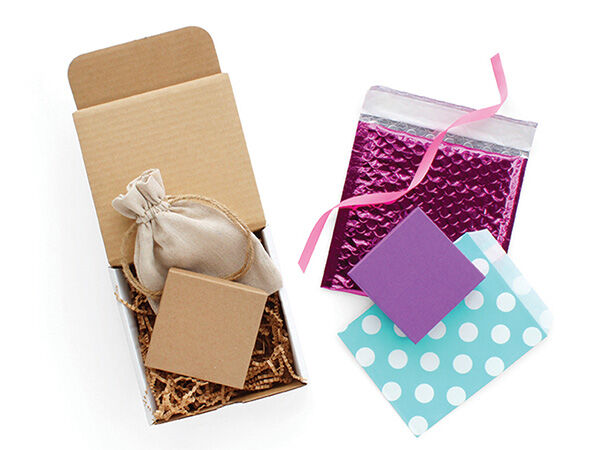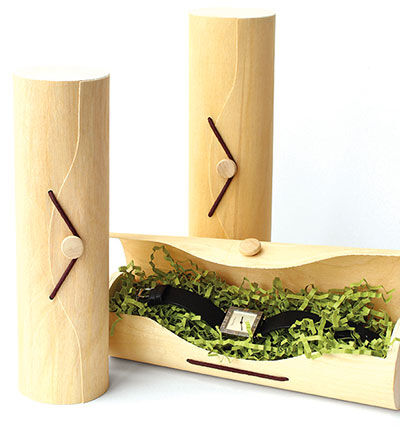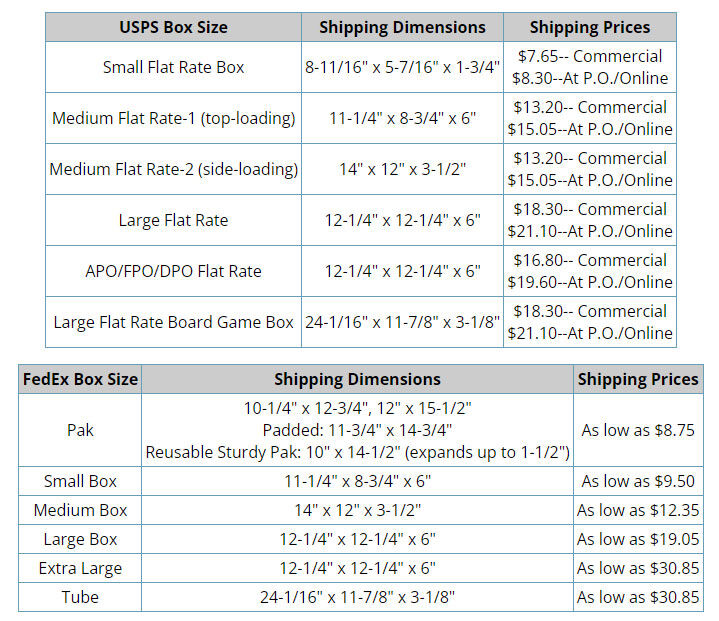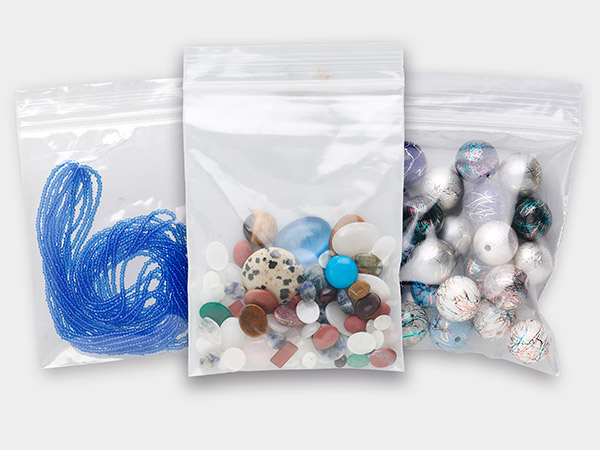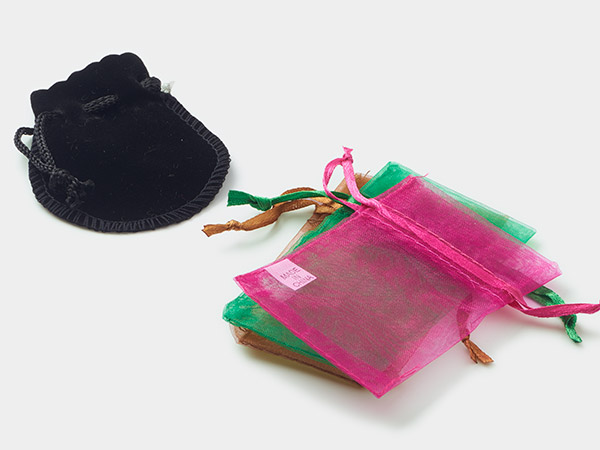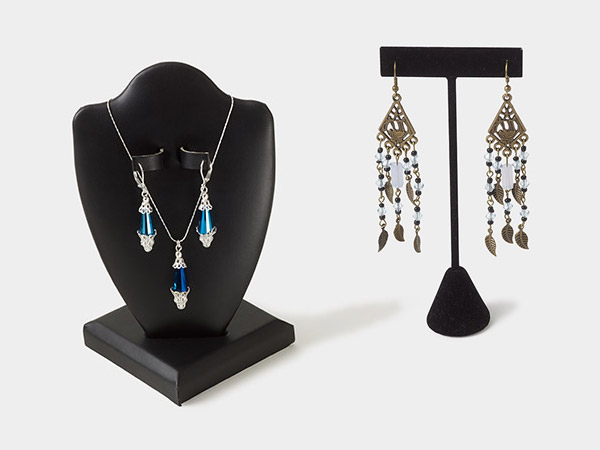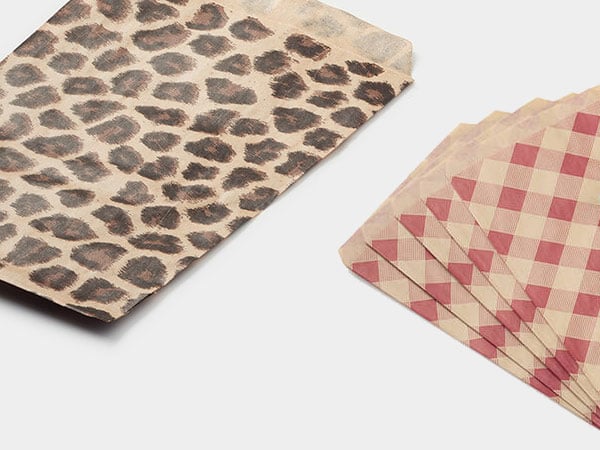Proper Packaging Pays Off
by Melissa Jones
With COVID-19 you may find yourself shipping out more packages than usual. Keeping your products safe is important. In the last issue we discussed pretty packaging for products. This article is all about practicality and what to do after your products are packaged in a pretty manner. To get more information I reached out to Allison McGuire from Paper Mart (www.papermart.com). Here are the important things to know about packaging your products for shipping.
The essentials
According to McGuire, "Many of our handmade business customers find our boxes and mailers to be essential to their packaging! Our most popular would be our matte colored corrugated mailing boxes and metallic bubble mailers. They provide a pop of color while still being sturdy enough for shipping. To fill the shipping box, we recommend colorful crinkle cut or tissue paper. This gives an additional color option while cushioning your products in transit. To finish up the shipment, everyone needs carton sealing tape!"
Bubble wrap vs. peanuts
McGuire explains the differences between bubble wrap and peanut use. "Bubble wrap is used to protect the item while peanuts will help prevent movement. We suggest using packing peanuts for products that will be traveling for a long distance. For fragile items such as glass, we recommend bubble wrap. Packing peanuts are more cost effective and we even offer a biodegradable option."
Preventing product damage
Products travel far and wide when being shipped. I wondered what would be a good way to prevent water damage when shipping your products? McGuire suggests, "It is a great idea to use plastic cello or poly bags to package single items when shipping out multiple products. It creates a barrier between items that prevents them from damaging one another while in transit. Plastic bags can also be used to ship individual items. We suggest using polyolefin mailing envelopes, because of their tear-proof strength and resistance to water."
Brown paper vs. tissue paper
Brown packaging paper or tissue paper seem to be a staple in every package received. It can be confusing when to use each one. McGuire explains, "Brown packing paper is a thick paper used for cushioning breakable products or to prevent movement within a shipping box. Tissue paper provides minimal cushioning and protection but adds a more decorative and polished presentation."
Packaging trends
Stay on trend with your packaging with this tip from McGuire. "With all our packaging we're seeing a trend towards natural-looking and eco-friendly packaging, but there is always room for a pop of color by adding a simple ribbon or tinted crinkle."
Jewelry packaging
Polls show that a large portion of handmade artisans are jewelers. McGuire shares, "Boxes are ideal for packaging jewelry. They are durable and most of our jewelry boxes come with a cotton filler for extra protection. There's also a wide variety of colors and finishes to compliment your signature colors. Many jewelers opt for a fabric bag inside a jewelry box, so the customer has a pouch for storage and travel."
Another important aspect of packaging is the cost of shipping. Below are several tables of package sizes, dimensions, and shipping rates from USPS and FedEx. The UPS website was a little confusing and rates were determined by zone. If you visit Shipping Cost and Rates at ups.com you can download zone charts based on your postal code.
Shop for Your Materials Here:
Have a question regarding this project? Email Customer Service.
Copyright Permissions
All works of authorship (articles, videos, tutorials and other creative works) are from the Fire Mountain Gems and Beads® Collection, and permission to copy is granted for non-commercial educational purposes only. All other reproduction requires written permission. For more information, please email copyrightpermission@firemtn.com.
